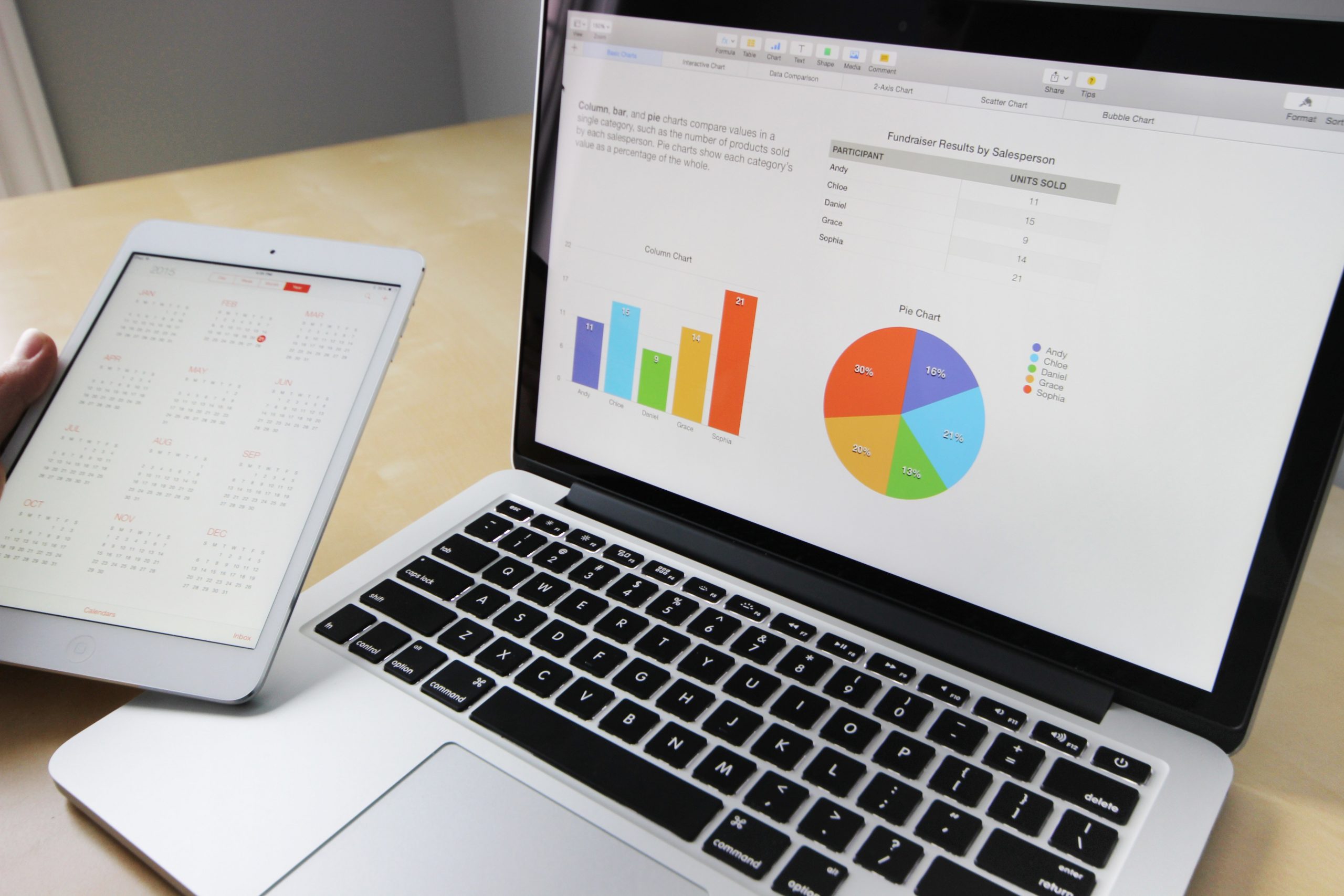AI - the solution to future proofing the ag industry
Kevin Cooney, Acting CEO, Farmlands, discusses how AI could be the answer to forecasting demand in an increasingly volatile ag industry.

Political and social pressure on farmers to make changes to farming practices to address growing climate and environment concerns gained new impetus this month with Environment Minister David Parker, saying that the farming sector has been asked and agreed to make immediate improvements to winter grazing methods for the coming season, and that “increased monitoring and reporting by councils will ensure measurable improvements by May 2022.”
Calls for change like this add to a growing list of on-farm reforms being demanded by a wide cross section of stakeholders and commentators, some energised by new regulation under the likes of last year’s Zero Carbon Act and the Essential Freshwater Policy, and others motivated more by requiring assurance that food and fibre provenance and quality is underpinned by sustainable and ethical on-farm practices.
Kevin Cooney, Acting CEO of Farmlands, New Zealand’s largest farmer-owned ag supplier is arguably at the epicentre of this change. Kevin points out that the ag industry is hugely alive to sustainability and believes that overall, the industry is absolutely embracing the change demanded with many examples of best-practice but mixed also with fear about how some reforms will be practically implemented while maintaining viable operations. Not surprisingly, sustainability and environment-smart support of Farmlands customers as they respond to this change, is a central part of Farmlands’ strategic agenda.
However, these regulatory changes, combined with longer-term structural trends such as the consumer-driven movement towards plant-based diets and lower carbon lifestyles means that the traditional seasonal predictability for mainstream agricultural products has the potential to become more volatile as farming systems adapt and adjust.
Cooney says “we are increasingly finding that the sectors we play in and the categories that we sell are experiencing real change and that this is impacting demand for a number of our more traditional products. A good example is fertiliser - we think that’s a mature market with growth for bulk fertiliser products flattening while farmers seek to understand soil integrity and performance at a more micro-nutrient level. So, the question then becomes, what is the shape of future demand and where will it trend?”
Farmlands sells a broad range of categories including agronomy (seeds, sprays, fertilisers), animal health, nutrition (animal feed supplements), fertilisers, apparel, water tanks, fencing and fuel distribution. They currently forecast their demand at both national and regional levels – with regional splitting the country into 10 regions, each responsible for forecasting demand for the following year. Cooney says “All of this data is internally generated. We have just spent a large amount of money on a new computer system so we now have data at our disposal that we have not had previously - we have far more insight today into how our business is performing and where it is performing for the purpose of forecasting. Our challenge is driving useful actionable insight from that data – a journey we’re highly committed to.”
we have far more insight today into how our business is performing and where it is performing
However, while Farmlands use of data is better than most, Cooney says it can and needs to be further improved by cross-checking it with other external data to improve accuracy and clarity – particularly in terms of future buying trends;
“I think we are still relatively immature in this regard - we do look at macro trends that impact our business, for example we will look at activity generally in the ag sector to understand what demand is going to look like for our fuel business and look at spending trends generally to understand how that is going to impact our retail business. We also look at trends for sustainability, environment and low emission agriculture to understand impacts for key inputs like fertiliser and soil nutrients. However, our approach is pretty rough and ready. It’s good enough to complete a budget but we don’t think it’s sophisticated enough to predict the increasing changes we are seeing in each category for longer-term decision making.”
Looking to solutions, Cooney sees an opportunity to utilise AI in gathering and extracting relevant data to accurately forecast demand within these changing categories. He says “I feel the future of AI will ultimately be to enable more accurate forecasting from multiple data sets, determining patterns and how apparently unrelated data might correlate to give better insight. Essentially, taking external data and connecting the dots between what we see happening in the market - in terms of regulations, consumer driven trends and the likes, and turning these into a sensible or more accurate thesis for future demand.”
AI solutions, such as Quantiful’s QU, are leading the way in AI solutions such as consumer driven demand planning. Quantiful has proven experience in the retail and ag sector, working in NZ with Silver Fern Farms and Fonterra to turn data on consumer buying behaviours into accurate insight into future trends and internationally with companies who are using QU to combine trend data and sales data to improve product availability through more accurate 6 monthly forecasting and improve product portfolio management.
Having real-time insights into economic and market trends within the ag industry, will be essential for companies such as Farmlands to maintain correct inventory to support farmers through changing regulation and consumer buying behaviours. Change is certain, with Cooney saying that “with the best operators already thinking hard about how they can lower their carbon footprint”. He believes that in an increasingly volatile ag industry, AI could be the answer.
Share this
You May Also Like
These Related Stories

Major shifts toward plant based substitutes for meat are already having a big impact on many NZ businesses.

QU software a key link between efficiency and sustainability
